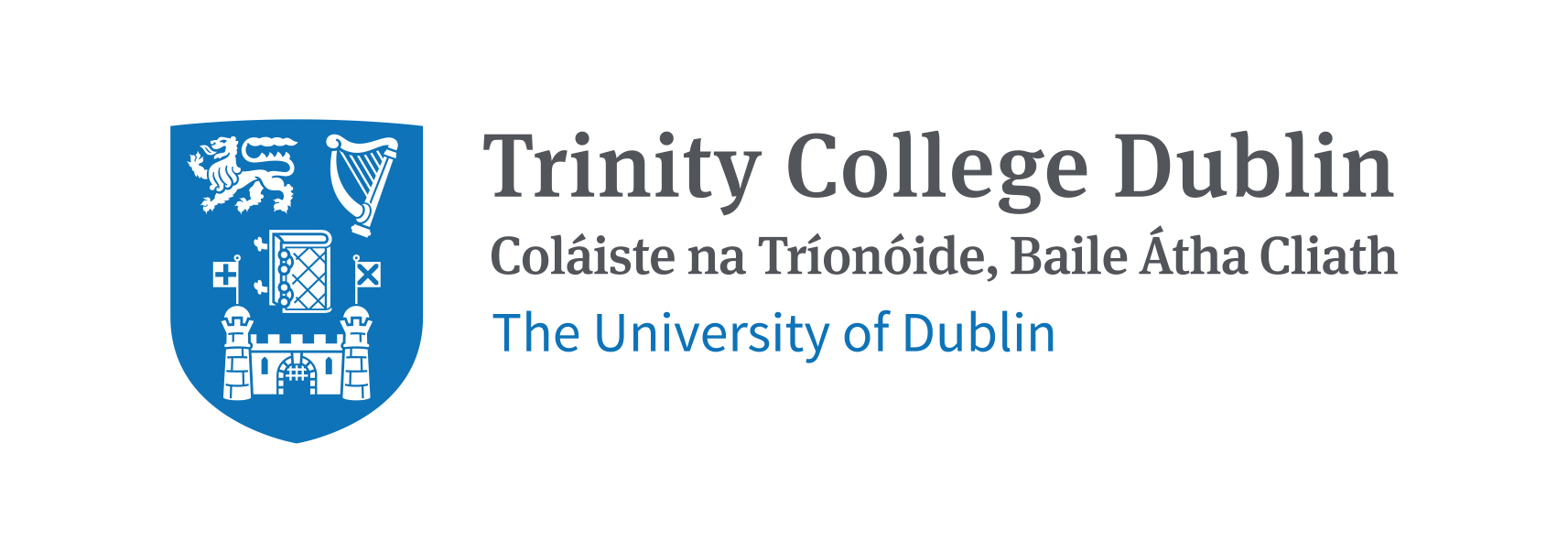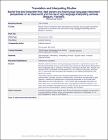Browsing Centre for Language and Communication Studies (Scholarly Publications) by Title
Now showing items 1-20 of 188
-
The ABAIR Initiative: Bringing Spoken Irish into the Digital Space
(2017)The processes of language demise take hold when a language ceases to belong to the mainstream of life’s activities. Digital communication technology increasingly pervades all aspects of modern life. Languages not digitally ... -
Accent Anxiety: An Exploration of Non-Native Accent as a Source of Speaking Anxiety among English as a Foreign Language (EFL) Students
(2022)Speaking anxiety is a form of foreign language anxiety which may reduce students’ willingness to communicate orally. Despite accent being one of the most salient aspects of speech, there has been little research to date ... -
Access to employment for deaf graduates, employees and jobseeking signers: findings from the DESIGNS project
(European Union of the Deaf, 2021) -
Accusative alignment in the Old Tibetan switch reference system
(2022)The use of ནས་ -nas to mark cross-clausal co-reference in Version I of the Old Tibetan Rāmāyaṇa reveals accusative alignment in Tibetan syntax, which in turn vindicates the notion of ‘subject’ applied to Tibetan. -
Affect Expression: Global and Local Control of Voice Source Parameters
(2022)This paper explores how the acoustic characteristics of the voice signal affect. It considers the proposition that the cueing of affect relies on variations in voice source parameters (includ- ing f0) that involve both ... -
Analysing Irish Prosody: a dual linguistic/quantitative approach
(2004)A project of Irish prosody is described which attempts to provide not only the basis for a linguistic description of the prosody of Irish dialects, but also the prerequisite quantitative characterization that is needed ... -
Analysis of intonation contours in portrayed emotions using the Fujisaki model
(2007)This paper presents an analysis of f0 contours in portrayed emotions, using the Fujisaki model. The focus is on quantifying the f0 differences among the six emotions investigated (surprised, bored, neutral, angry, happy, ... -
Approved communication support for deaf patients in Ireland during COVID-1
(European Union of the Deaf, 2021) -
Arrah, like, you know: The dynamics of discourse marking in ICE-Ireland.
(2006)For over 400 years, dramatists, novelists, and other writers seeking to depict Irish characters have relied in part on words and phrases taken to be indexical of Irishness when representing the conversational functions ... -
An Audio-Visual Approach to Measuring Discourse Synchrony in Multimodal Conversation Data
(ISCA, 2009)This paper describes recent work on the automatic extraction of visual and audio parameters relating to the detection of synchrony in discourse, and to the modelling of active listening for advanced speech technology. ... -
Automatic parameterisation of the glottal waveform combining time and frequency domain measures
(2009)This paper describes a new technique for automatically parameterising the inverse filtered speech waveform by exploiting frequency domain measures and amplitude measures in the time domain. The technique is motivated by ... -
Barrier-free and interpreter-free. Deaf signers and hearing sign language interpreters' perspectives on an ideal world (Belgium, Flanders)
(2023)Globally, deaf associations and sign language interpreters’ organizations support the idea that interpreting services are equivalent to access and inclusion for deaf people. Researchers have challenged this assumption by ... -
CEFR for Sign Languages: A1-B2
(2014) -
Chinese Transcription of Buddhist Terms in the Late H?n Dynasty
(Ubiquity Press, Ltd., 2023)This dataset is a compilation of Chinese transcriptions of Buddhist terms produced by translators from the late Hàn period. It is a compilation of the previous works of Coblin (1983), Karashima (2010), Vetter (2012), Hill, ...



















